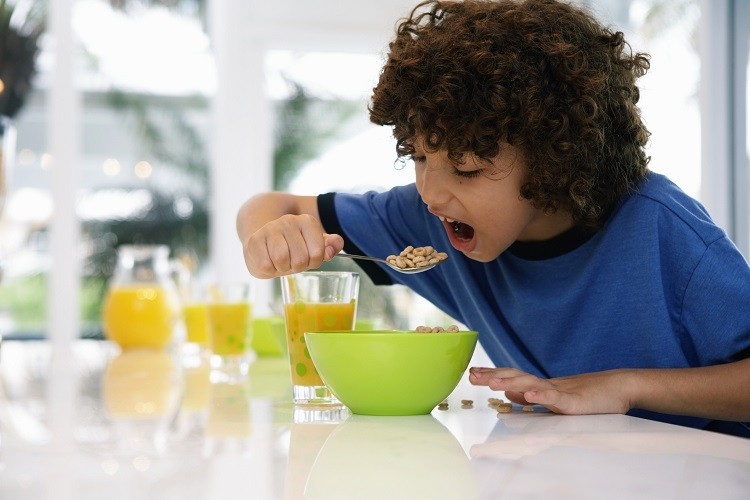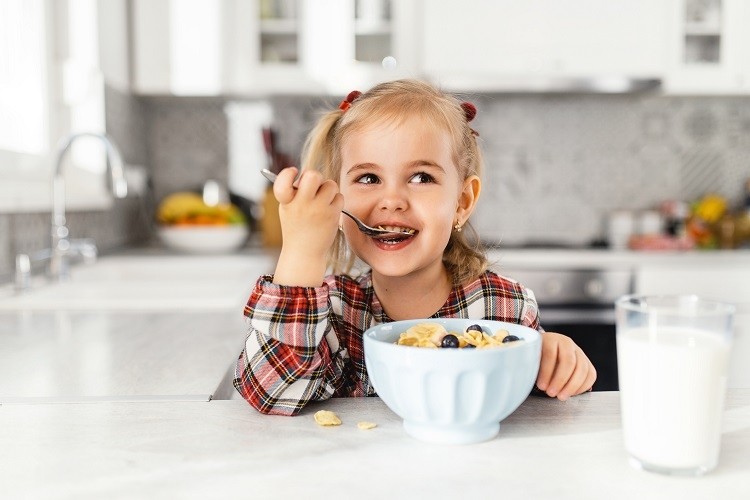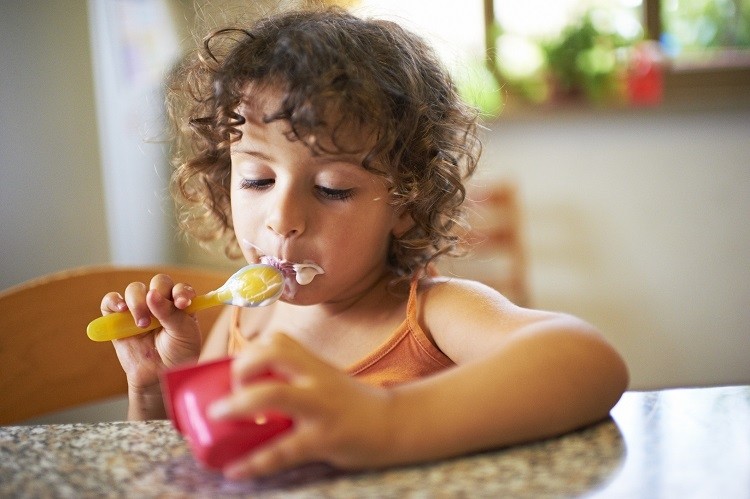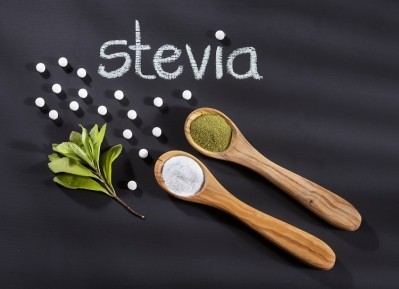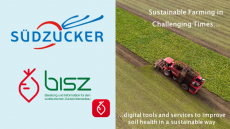Children’s cereal reformulation ‘simply not happening quickly enough’: report
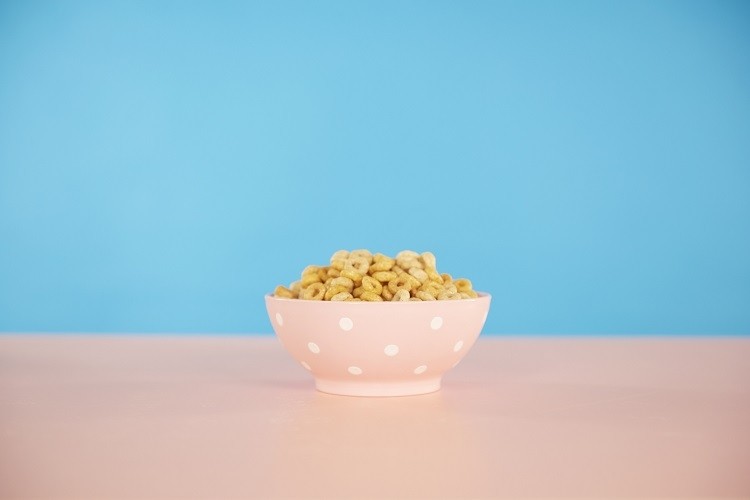
Today (7 July), UK non-profit The Food Foundation published its 2021 report on the state of the nation’s food system: The Broken Plate.
Designed to provide a ‘holistic’ picture of the food system, the report addresses key topics and themes ranging from food prices, to advertising spend on fruit and vegetables, childhood obesity, and diabetes.
The Broken Plate also puts food reformulation in the spotlight, particularly where cereals and yoghurt products marketed to children are concerned.
“Progress is simply not happening quickly enough…” concluded Anna Taylor OBE, Executive Director of The Food Foundation, who has called on ‘bold action’ from government and businesses to “safeguard the future health of our children”.
‘Too much sugar’
The report homes in on products the charity deems to have ‘too much sugar’.
Using data from UK campaign groups Action on Salt and Action on Sugar, The Food Foundation assed 126 breakfast cereals and 100 yoghurts with child-friendly packaging.
The products were sold in Aldi, Asda, Co-op, Lidl, Ocado (which stocks Marks and Spencer’s), Morrisons, Sainsbury’s, Tesco, and Waitrose.
The Food Foundation then assessed their nutritional profiles in accordance with the UK Government’s traffic light scheme, comparing findings with last year’s Broken Plate report and research undertaken by the University of Leeds between 2016 and 2019.
Findings revealed that 96% of yoghurts and 92% of cereals marketed towards children contain high or medium levels of sugar.
Spotlight on cereals: ‘Much work remains to be done’
It should be flagged that improvements have been made in the breakfast cereals category.
To start with, some retailers have taken action to remove cartoon characters on packaging. Even without cartoons, however, The Food Foundation included products ‘clearly designed to appeal to children’ in its analysis.
Further, compared to last year’s report, the proportion of cereals classified as ‘high in sugar’ decreased from 31% to 29%.
However, when analysing the average sugar content per 100g, data revealed only a slight reduction from 18.4g in 2020 to 18g in 2021.
Concerning salt content, the proportion of cereals categorised as ‘high’ or ‘medium’, remained ‘relatively unchanged’ this year (60%). The proportion of products low in fibre increased from 38% to 46%.
Just two breakfast cereals out of the total 126 with child-friendly packaging was regarded a healthy choice across the board – meaning low in salt, salt and sugar, and high in fibre.
“While it is really encouraging to see so many retailers act to remove cartoon characters from children’s cereals, the fact that this year 92% of cereals marketed towards children contain high or medium levels of sugar shows that much more work remains to be done,” noted The Food Foundation’s Taylor.
The low fibre content of these cereals is also ‘concerning’, she added.
A question of choice?
For UK industry lobby group the Food and Drink Foundation (FDF), however, more emphasis should be placed on consumer choice.
“There is a wide array of breakfast cereals on the market so people can choose whether they want to have a healthy or more indulgent start to the day,” a spokesperson told this publication.
To make that choice easier, a majority of companies opt to apply nutrition information front of pack – including the traffic light scheme. “Front of pack labels help consumers make informed purchasing decisions by enabling individuals to quickly check, compare and choose between similar products. This is an addition to the ingredients lists and the more detailed nutrition label which companies have a legal obligation to provide,” noted the spokesperson.
Concerning reformulation, the cereals sector has made progress to date.
In 2016, the Government challenged industry to voluntarily cut sugar levels across a variety of categories by 20% by 2020. By the third year of the programme, in 2019, an average of just 3% reduction had been made across all categories.
The breakfast cereal specifically, however, demonstrated greater progress. “Breakfast cereals companies have…been involved in government reformulation programmes for decades to decrease sugar and salt and increase fibre, most recently showing a 13.3% decrease in sugar over the last three years,” noted the FDF spokesperson. “This is important work companies are committed to continuing.”
Yoghurt ‘moving in the right direction’
The Food Foundation’s report also analysed yoghurt products marketed to children – a category that unlike breakfast cereals, has seen no commitments concerning the removal of cartoon characters on-pack.
Findings revealed that just 4% of yoghurts with packaging designed to appeal to children scored a ‘green’ rating for sugar content under the traffic light labelling scheme.
Things are, however, ‘moving in the right direction’, according to the non-profit, who noted that the average sugar content has decreased by 16% since 2016. Per serving, the average total sugar content was 7.2g, which equates to 38% of the recommended sugar intake for 4-6 year olds and 30% for 7-10 year olds.
Concerning fat content, average fact content of yoghurts is generally low, with 77% of products analysed obtaining a ‘green’ rating. Saturated fat content, however, paints a different picture.
A total of 67% of yoghurts with packaging appealing to children were either medium or high in saturated fat. Levels have dropped by 10% since 2016.
“Although dairy products naturally tend to be relatively high in saturated fat, it is interesting to observe that the two products with the highest saturated fat content were dairy-alternative products, which many believe to be healthier,” noted the report authors.
A call to action
Campaign groups Action on Salt and Action on Sugar have condemned the report’s findings, which also revealed that nearly half (46%) of all child-friendly cereals contained chocolate.
Action on Sugar is therefore calling for the ‘immediate removal’ of these products from the breakfast cereal aisle – to instead be placed in the snacks and confectionery aisle.
The campaign groups also wants all cereal manufacturers to commit to removing children friendly images from the packaging of unhealthy products.
“The use of child-friendly packaging just makes it hard for parents to make a healthier choice, when companies should be making it easier,” said Campaign Lead at Action on Sugar Dr Kawther Hashem.
“While we are expecting to see restrictions on online and television advertising for foods high in fat, salt, and sugar, that does not yet apply to the packaging that may appeal to children, which is a huge concern.
“For too long, less healthy food has been in the spotlight which is not only unethical but also scandalous. Food businesses should only have child-friendly packaging on their healthier foods and drinks to give them a starring role in our children’s diets.”
